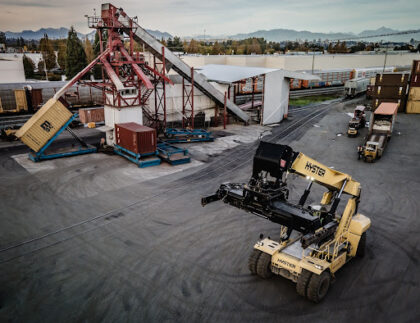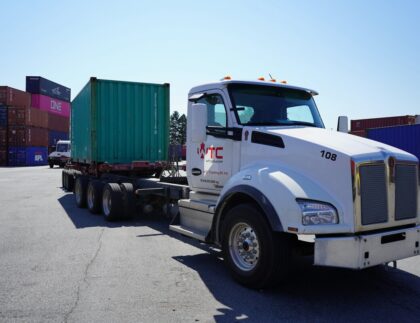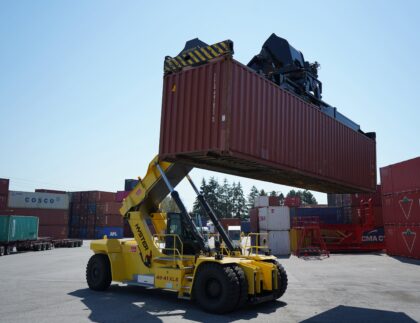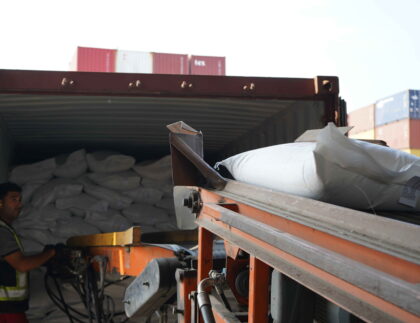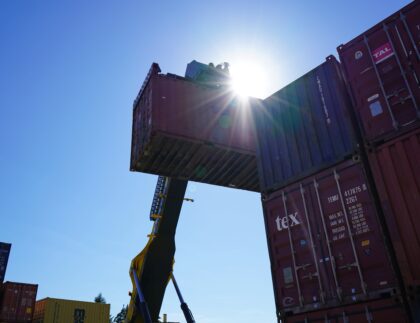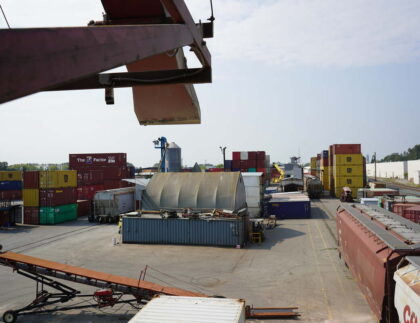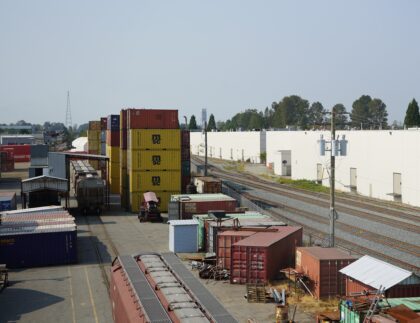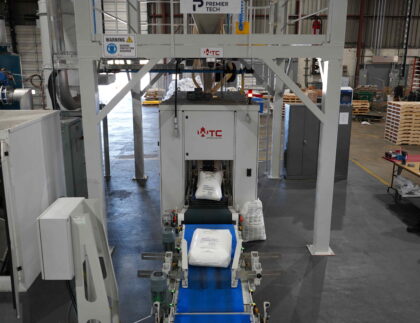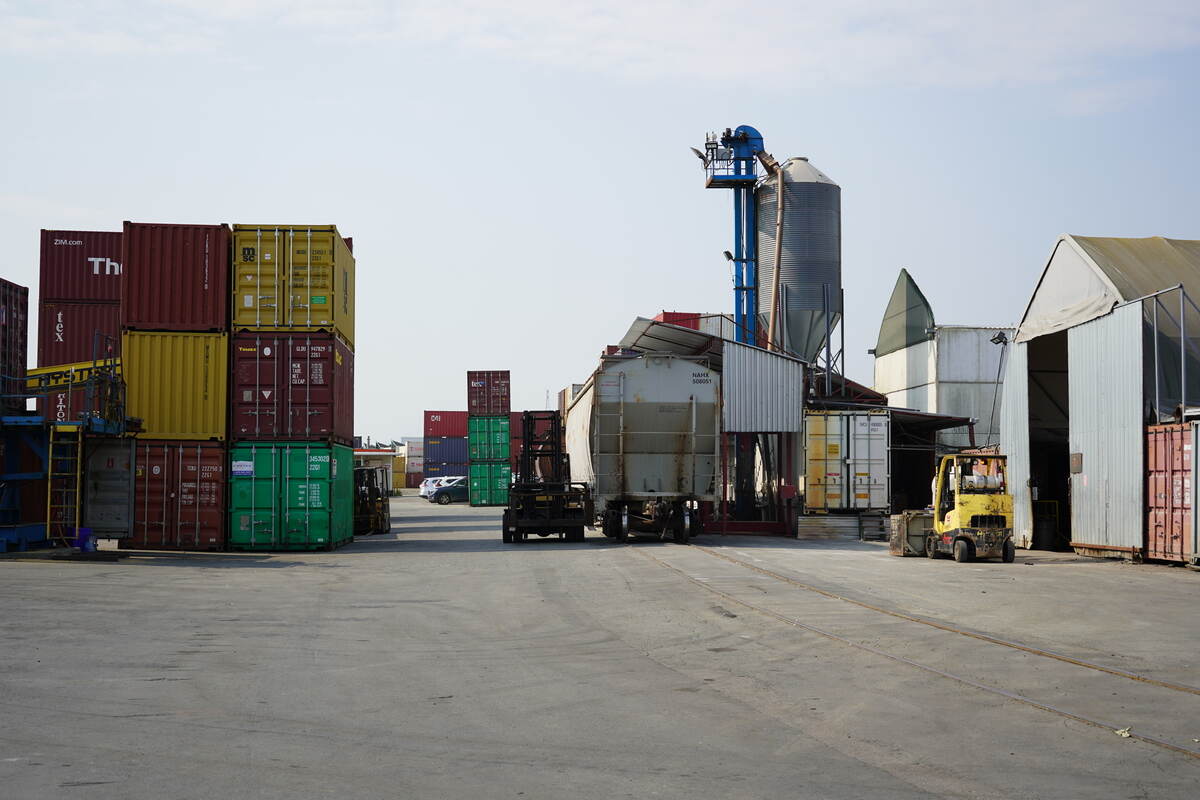
Shipping containers not only need to be seaworthy for transporting across the waters, but they also need to be clean and dry for transporting food products like grain and special crops. A limited number of containers are available for shipping, so most of them are reused. Therefore, it’s unlikely that a container will have the same cargo each time. Cleaning up after each use ensures that containers are ready to go when the cargo is. Logistics services are complex, and it is worth investing in a reliable provider that will meticulously clean containers for transloading.
Why Is Cleaning Important to Transloading?
Cargo containers hold all types of materials. Unclean containers can contaminate the following product, which in the case of grain and special crops, could be a health hazard. In addition, a dirty container could be held up by customs authorities, which will cost you time and money. Established, experienced logistics companies that clean and inspect each container before loading ensure the quality and safety of the grains and crops transported if you get a container back and want to refill it.
5 Steps to Cleaning a Shipping Container
While many people worry about the container's interior, don’t forget to clean and inspect the exterior. This can help you make repairs before the container deteriorates any further.
Pre-Inspection
Before cleaning, the container should be inspected to know how to clean the container. If oil or stains are noticeable, different cleaning methods should be used. Inspect all areas of the container, from the floor to the ceiling, the walls, doors, and corners.
Sweep and Remove Dust
Before using water, remove dirt and debris from the container. You can use a broom or leaf blower. Start at the back and work toward the front. If there is any liquid in the container, you’ll want to clean it up with a mop. Wear a dust mask or respirator to avoid breathing in any pollutants yourself.
Pressure Wash
A pressure washer is an easy way to clean out the container. Start at the back and work toward the front. Make sure to get the corners because dirt can quickly build up. As you wash, watch for corrosion or holes in the container. If you keep the doors open, water can flow out of the container as you clean.
Dry the Container
Once you’ve washed the container out, let it dry. Keep the doors open for ventilation and to prevent mould and mildew. To speed up the drying process, you can use a floor blower or carpet dryer. The container must be fully open and fully dry before refilling it with anything.
Post-Cleaning Inspection
Once the container is clean, recheck it for rust, dirt, grime, holes, or chipped paint. You’ll also want to check all the mechanisms and locks to ensure everything works perfectly and the container is ready for shipping again. Finally, check for pests, wildlife, mould, and seeds.
Who Is Responsible for Cleaning the Shipping Container?
Generally speaking, the container owner is responsible for cleaning the container. Shippers or carriers may contract with a third party to ensure that containers are clean, but all parties should make sure containers are clean before use. WTC Group has processes in place to ensure all containers are ready for use without contamination before shipping.
How does WTC Group manage these responsibilities?
Given the meticulous cleaning requirements described above, it is important to establish proper Quality Control Systems (QCS) to ensure procedures are followed correctly. At WTC Group, we take cleanliness and quality seriously, that’s why we are ISO 22000 Food Safety Management certified, and COR Organic Handling Certified. Standard operating procedures and an attentive dedicated staff make for a quality of service that shippers can trust.
Contact us to learn more about our logistics and transloading services.


